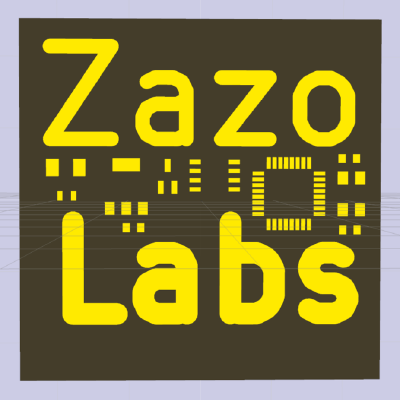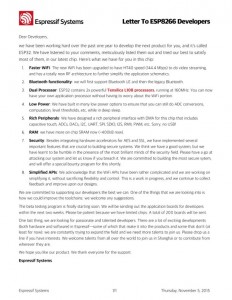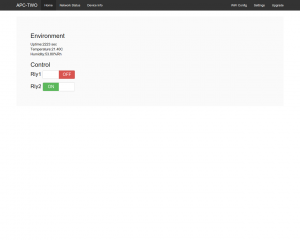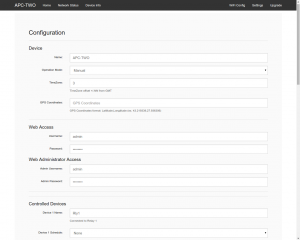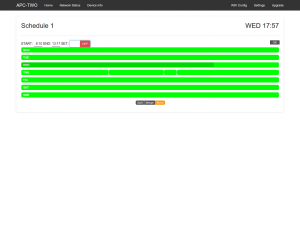Using Compiler and ELF to Avoid Ifdef and Flags Hell for Selecting Runtime Features
Using Compiler and ELF to Avoid Ifdef and Flags Hell for Selecting Runtime Features
I was digging into redis source recently and i came to realise some lesser know features
of gcc/clang needs some more publicity, so i will write about them here.
The problem: You want to get best of the CPU/Hardware/Features but usual way to do this
is either build for specific hardware or use runtime checks both have drawbacks.
First on a new hardware you need a new build and results in
